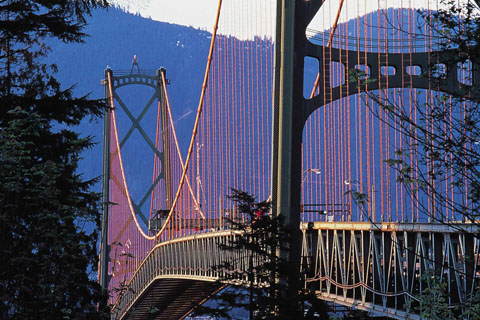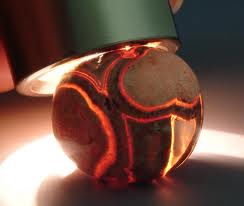
Richard Lockhart, Professor
Department of Statistics and Actuarial Science
|Phone: (778) 782 3264 | Messages: (778) 782 3803 | Fax: (778) 782 4368
Office: K 10561 | Email: lockhart (at) sfu (dot) ca
-
Cambridge Mini-course, Lent, 2017
Course Notes, 8 Mar
Inference for High Dimensional Regression
Lecture Slides -
Big Data Workshop at SFU
PIMS page
Statistical Inference for Large Scale Data
Program, abstracts -
Big Data Workshop at UBC
PIMS page
Big Data in Environmental Science
Program, abstracts -
Statistics Canada
The Daily -
United States Census Bureau
Data -
UK Statistics
StatsUserNet -
Putnam solutions
1985 1986 1987 1988 1989 -
The Statistical Society of Canada
Home -
Physics and Statistics at BIRS
July 2010 Workshop -
My old home page
I used to have a simpler page -
SFU sites
My department
My university
Richard Lockhart's Applied Work
I like applied work and have even done a little:
Bridge loadings.
Zidek, James V., Navin, Francis, P. D. and Lockhart, R. A. (1979). Statistics of extremes: an alternate method with application to bridge design codes. Technometrics, 21 185--191.
This paper uses the traditional extreme value upper bound on tail probabilities to estimate the worst loading to be expected in the next 40 years on a bridge (the First Narrows Bridge in Vancouver -- the Lion's Gate Bridge).

Finding downed aircraft
Guttorp, P. and Lockhart, R. A. (1988). On finding the source of a signal--a Bayesian analysis. J. Amer. Statist. Soc., 83 322--330. PDF
A paper on finding downed aircraft. The paper also looks at Bayesian outlier deletion/detection. I think this paper continues to have some value (not in finding aircraft, I suspect) in demonstrating that it is actually easier to model directional data with directional models than with linear models like the Gaussian distribution even when the directional errors are so small that the Gaussian approximation to the von Mises distribution.

Thermoluminescence Dating
If you dig up pottery or sediment which has been buried for a long time and heat it up in an oven it gives off blue light; the phenomenon is called thermoluminescence. The longer the sample has been buried the more light is given off. This fact can be used to estimate how long the sample has been buried. I became involved with geophysicists Glenn Berger and Dave Huntley and students Jen-ni Kuo and Chandanie Perera. Chandanie's thesis considered small sigma asymptotics and the problem of assessing normality assumptions from many small samples; data sets of this sort arise in these thermoluminescence applications.
Berger, G., Kuo, J. and Lockhart, R.A. (1988). Regression and error analysis applied to dose response curves in Thermoluminescence dating. Nuclear Tracks Radiat. Meas, 13 177--184.
Lockhart, R. A. & Perera, C. W. (2006). Testing normality in designs with many parameters. Technometrics, 48, 436—444.